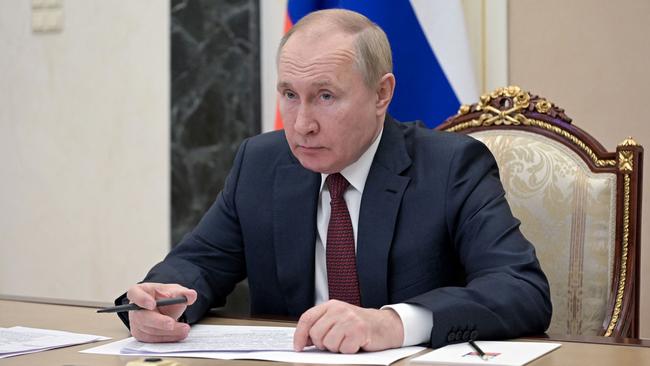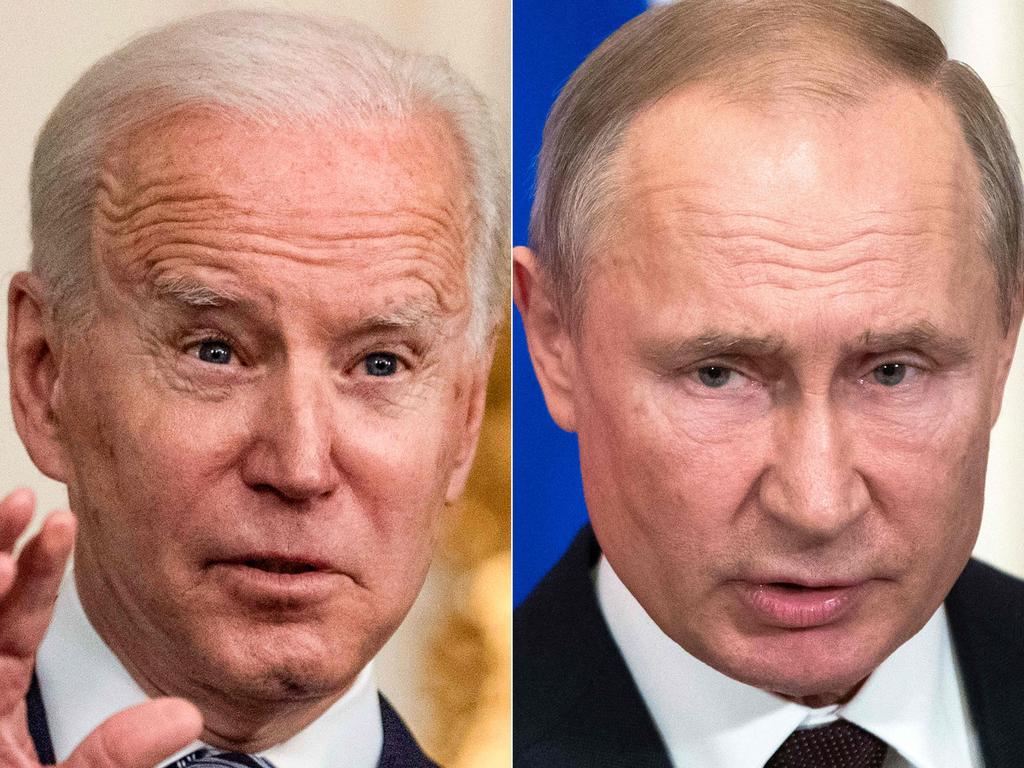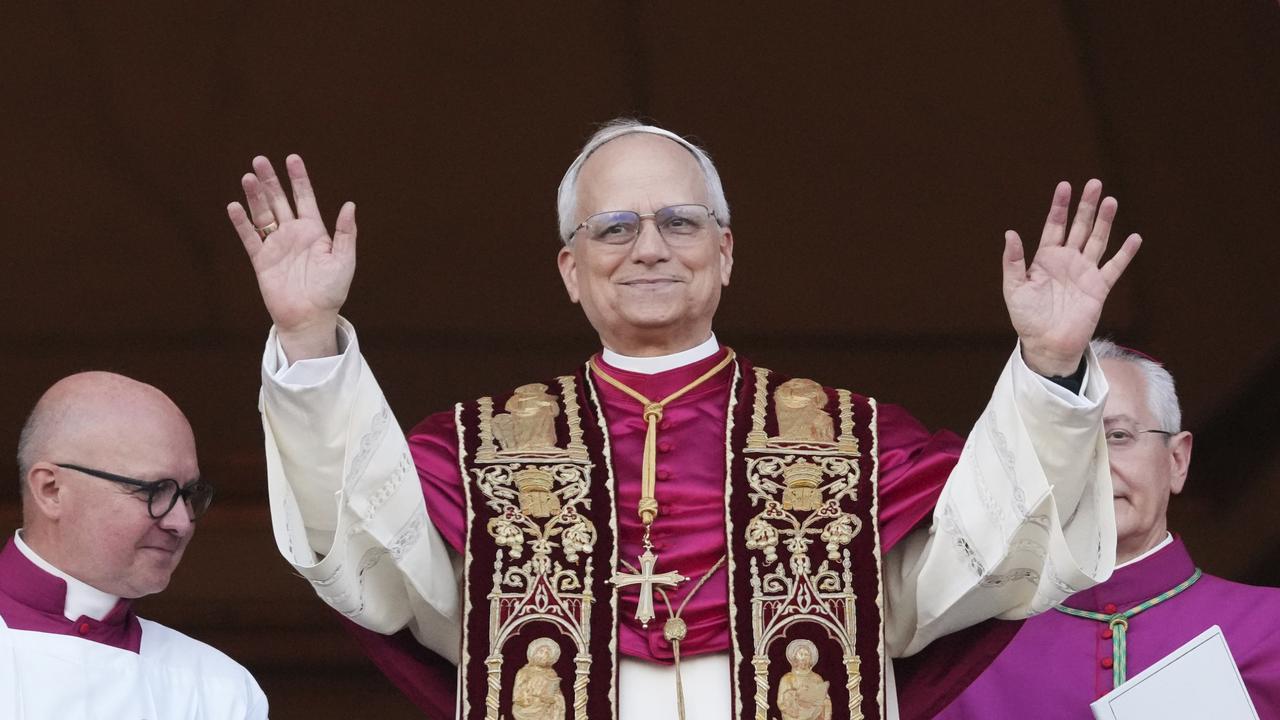Brazen Putin tests divided West over Ukraine

The Secretary-General of NATO, Jens Stoltenberg, states there is now “a real risk for a new armed conflict in Europe” and the US National Security Adviser, Jake Sullivan, says “the threat of a military invasion (of Ukraine) is high”.
Poland’s Foreign Minister claims the risk of war in Europe is greater than ever in the last 30 years. Russian officials are now suggesting Putin will soon be considering military options.
Russia’s demands are for a long-term binding guarantee that Ukraine would never join NATO, as well as formal assurance from the West to cease military co-operation with Ukraine. Stoltenberg has indicated these demands are core NATO interests that cannot be negotiated. Both the US and NATO have repeatedly ruled out allowing any other country to veto who can and who cannot be in the alliance. So, relations between the West and Russia are now at a very dangerous impasse.
Russia’s Deputy Foreign Minister, Sergei Ryabkov, states Russia is imposing no specific timeline but that it needs a “fast response”. On Friday, Russia’s Foreign Minister, Sergei Lavrov, told the West to stop encroaching on what the Kremlin views as its traditional sphere of influence. And Putin has specifically warned of an unspecified “military technical” response if his demands are not met.
Western concerns have been magnified by the leak of alleged Russian military plans that US intelligence reportedly has obtained clandestinely. The alleged plan is that Russian forces based in Crimea and Donbas begin attacks on southern Ukraine with the intention of drawing in Ukrainian forces there. Russian mechanised forces then strike from the north of Ukraine and encircle key cities such as Kharkov and Kiev. Russian forces stop largely along the line of the Dnieper River, which bisects Ukraine. Reports suggest Putin might not attempt to invade western Ukraine – where anti-Russian sentiment is highest.
We only have media reporting of this plan, and that reporting may not be accurate. A large-scale invasion like this – including occupying the capital of Ukraine, Kiev, which has a population of 3 million – could well bog down Russian military forces for a very long time.
More likely scenarios have been put forward by Washington’s Institute for the Study of War last month. It judges that Putin is much more likely to send Russian forces into Belarus and possibly overtly into Russian-occupied Donbas. He might also launch a limited incursion into southeastern Ukraine to join the Donbas with Russian-occupied Crimea. These options fall well short of a full-scale invasion.
The first option of deploying Russian airborne and/or mechanised units to one or more locations in Belarus would be able to support a future planned attack on Ukraine as well as pose other threats to NATO members – particularly the Baltic countries and Poland.
By putting Russian mechanised units on both sides of the narrow Suwalki corridor between Russia’s Kaliningrad exclave and western Belarus, Russia would be well placed to cut off NATO military reinforcements to the Baltic states.
The second option of deploying Russian mechanised, tank, artillery and heavy support units overtly into already occupied Donbas could be achieved decisively by superior Russian military capabilities.
The third option of Russian forces breaking out from occupied Donbas and Crimea to establish a land bridge connecting Russian-occupied Crimea and Ukrainian territory along the northern sea of Azov would also secure the Dnieper-Crimea canal, which Moscow badly needs as fresh water supplies from that canal are currently denied to the Crimean population.
In my view, a more likely initial scenario might involve Moscow mounting intensive cyber attacks on Ukraine’s electricity and energy supplies, optimised for full effect in the coldest January and February winter months. These attacks could be co-ordinated with sabotage, propaganda and disinformation campaigns, and other appeals to patriotism to encourage Ukraine’s 8.3 million Russian population into insurgency operations.
Finally, we need to understand that a great deal of this hostility between the West and Russia goes right back to the disintegration of the former Soviet Union in 1991. The dean of America’s Russia experts, George F. Kennan, called the expansion of NATO into central Europe in the late 1990s “the most fateful error of American policy in the entire post-Cold War era”. He believed that expanding NATO would damage beyond repair US efforts to transform Russia from enemy to partner.
Putin recalls the Soviet collapse as a time when he claims gross injustice was done to the Russian people: “It was only when the Crimea ended up as part of a different country that Russia realised that it had not simply been robbed but plundered.” Putin argues that the people of Russia, Ukraine and Belarus have common values, “which make us one people”. The famous Russian dissident writer Alexander Solzhenitsyn was of the same view in 1990 when he proposed to dissolve the Soviet Union but preserve its Slavic core comprising Russia, Ukraine and Belarus, which were populated by “three fraternal peoples”.
Of course, there are many people in Ukraine and Belarus – as well as in the West – who violently disagree with what they see as the reassertion of old Russian imperial territorial expansionism, seeking geopolitical dominance in what Moscow condescendingly calls “the near abroad”.
As US foreign policy analyst and writer Walter Russell Mead observes, it is increasingly clear that a divided and confused Western alliance doesn’t know how to deal with the challenge Putin now poses. Putin is having a great crisis so far and seems to have little to fear. He knows full well that neither America nor any European country is willing to confront him with war.
Xi Jinping will be closely watching to see what the implications for Taiwan are if Putin successfully uses force against Ukraine without any US military response.
Paul Dibb is emeritus professor of strategic studies at the ANU and is a former deputy secretary of Defence.






Vladimir Putin’s talks with Joe Biden, followed by Russian diplomatic discussions with the US, NATO and the Commission on Security and Co-operation in Europe in Europe last week, have produced no progress whatsoever on Russia’s demands for the exclusion of Ukraine from NATO membership.